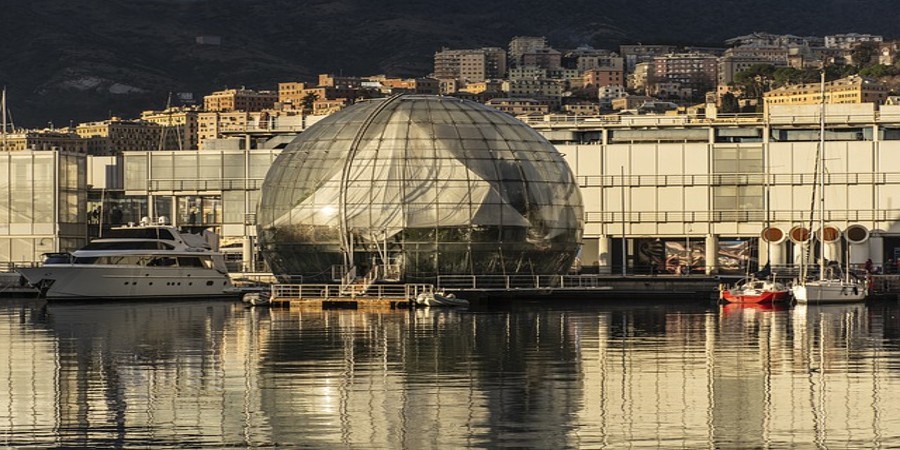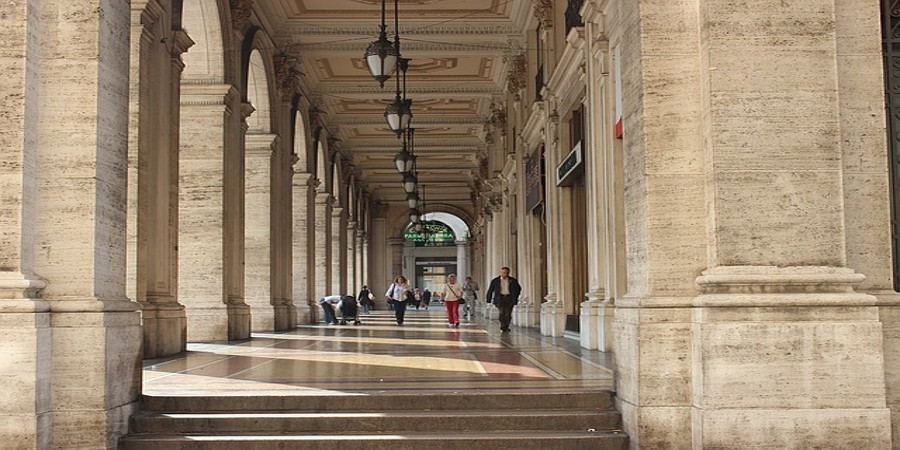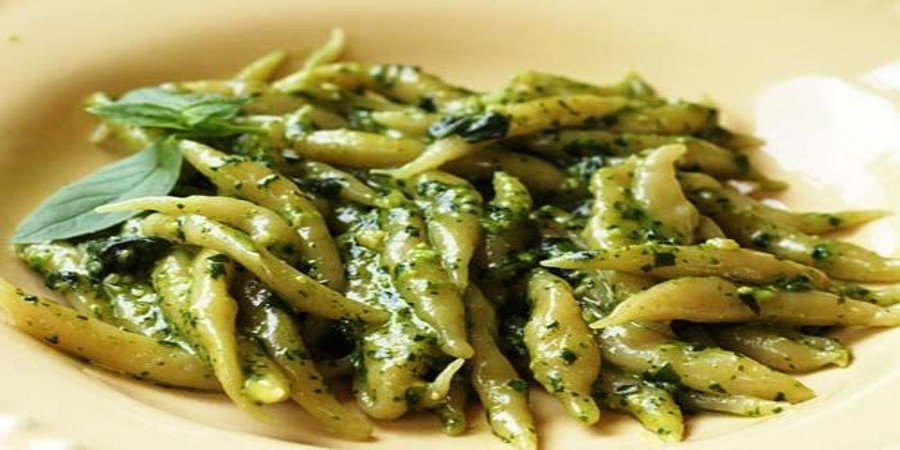BANK TOUR: THE GENOESE AND MONEY - TRIP CODE: BANKGOA
A classic Genoese proverb verbatim quotes that "health without money is half a disease".
The original itinerary where we want to accompany you starts from Palazzo San Giorgio (external). Historic building, built in the mid-13th century as the first Government Palace, it served as a prison (it hosted Marco Polo), as a Customs office and in 1407 it became the seat of the first modern bank of Italy, the Banco di San Giorgio (currently the Palace the offices of the Port Authority).
The visit continues with the Porto Antico Area, redesigned by Renzo Piano in 1992, on the occasion of the celebrations of the 500th anniversary of the discovery of America where we find the famous Aquarium, the Bigo panoramic lift (which takes up the shape and name of the ancient manual loading cranes), the Biosphere and the Children's City.
Entering the maze of alleyways in the historic centre, you arrive at Piazza Banchi, which was the ancient seat of the grain market, in the 13th century it was renamed Piazza Dei Banchi, due to the presence of the money exchange benches under the arcades of the various buildings. In Piazza Banchi there is also the Loggia dei Mercanti, one of the most representative buildings of the historic centre, the first stock exchange, dating back to the end of the 16th century.
Nearby we will visit a typical little restaurant where you will have a delicious tasting of local first courses (trofie with pesto and pansoti in walnut sauce).
In the afternoon the route will take us to another area of the city, we will visit Piazza San Matteo, the curial square of the powerful Doria family, a splendid example of medieval construction. We will stop at Palazzo Doria which houses the Carige Foundation (outside) and at the 15th century Palazzo Spinola dei Marmi (outside) where the Banco di Sardegna is based. We will thus arrive in Via Garibaldi (UNESCO), a symbol of Genoa's Golden Age, the 16th century, when the city became one of the most powerful and important financial centres in Europe. Here are some of the most luxurious palaces built by the very rich families of merchants and bankers at that time. Today many of these noble palaces have become home to modern banks. Visit some courtyards to admire frescoes and fountains. The visit ends in the heart of the city centre, Piazza De Ferrari, where there is a beautiful liberty-style building of the stock exchange (exterior).









